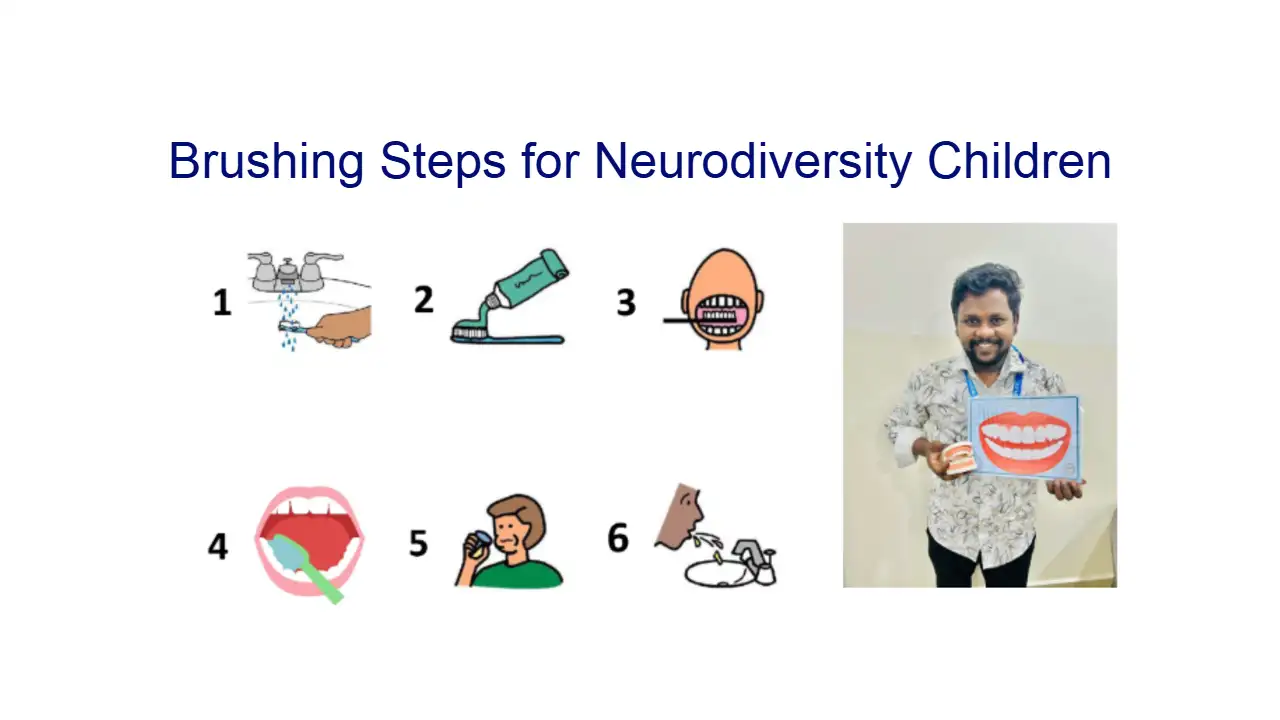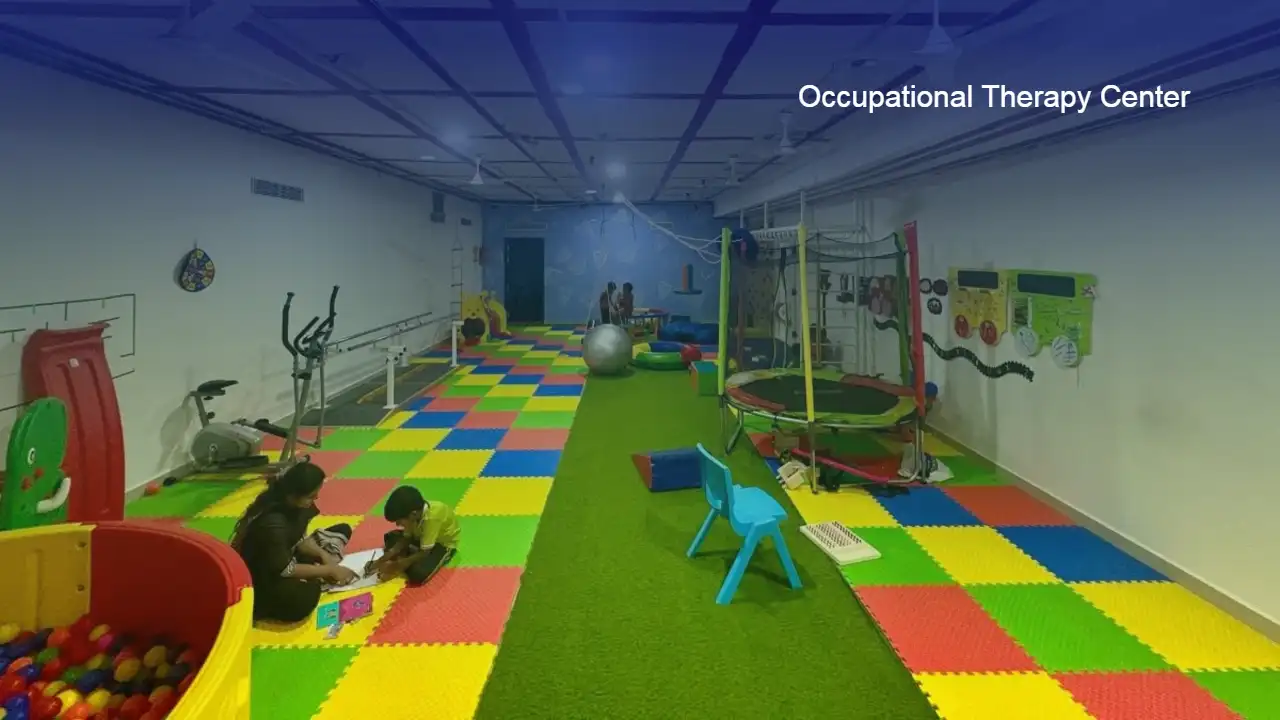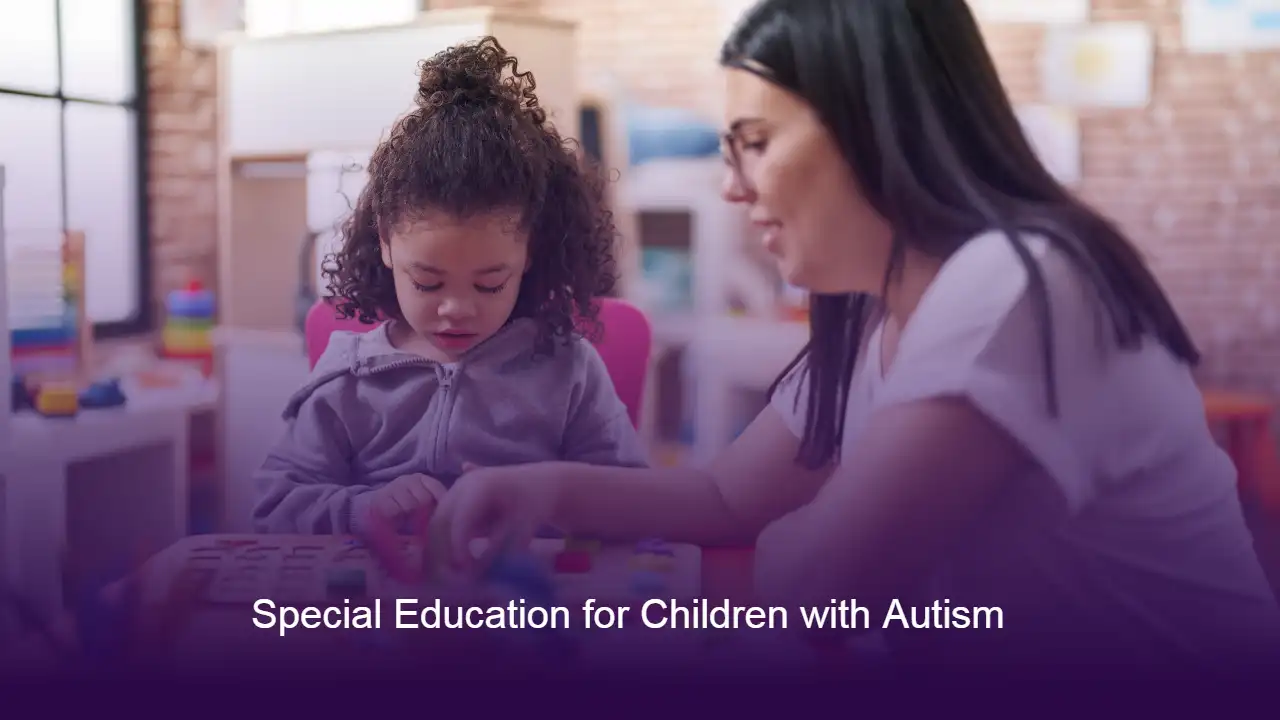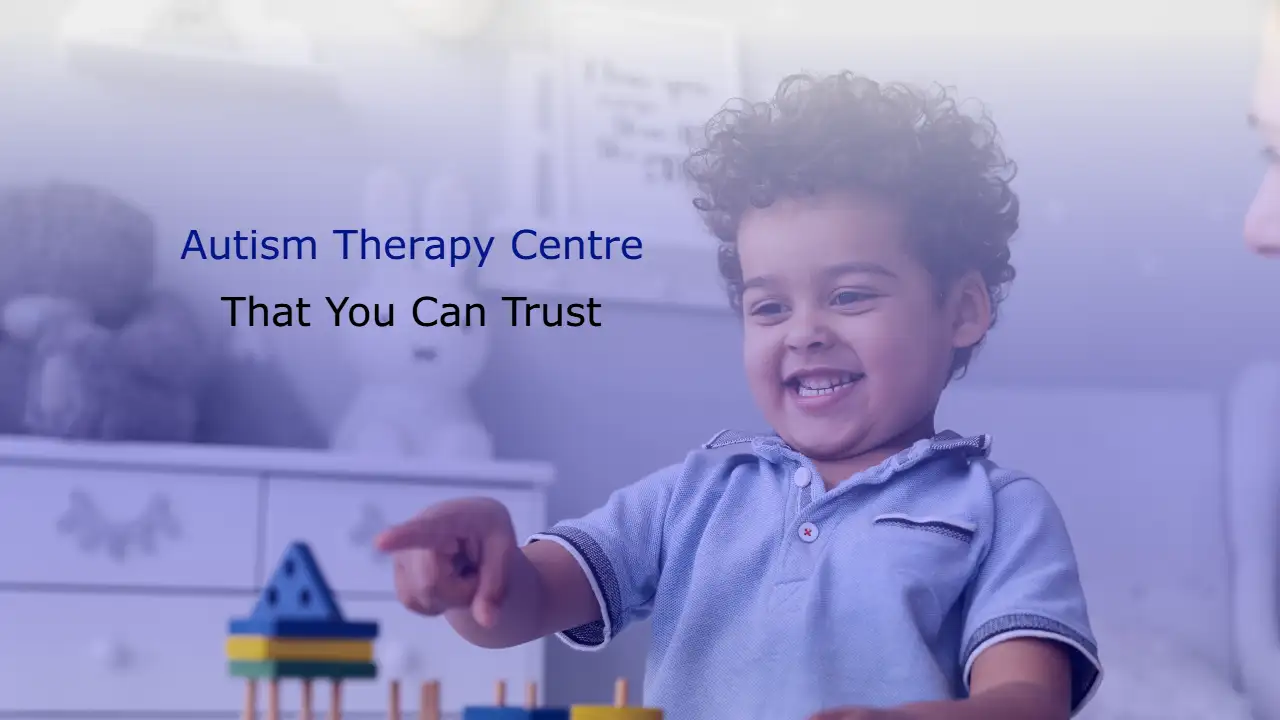Brushing teeth is one of those small daily rituals that quietly protect a child’s health. For many neurodiversity children, it’s not just about cleaning teeth—it’s a sensory experience. The taste of the paste, the feel of bristles, the splash of water… each can be delightful, tolerable, or overwhelming. A parent’s steady hand, a few visual anchors, and playful repetition can turn what feels like a battle into a calm, predictable rhythm.
Think of this as a travel map—clear signs, familiar stops, and a route that always ends in success. Printed checklists, step-by-step pictures, or even a laminated diagram of teeth become landmarks your child can follow. You can also use a set of dentures to model brushing—seeing you demonstrate it regularly makes it easier to copy.
Brushing steps for Neurodiversity children:
- Find the brushing tools: Choose a soft-bristled toothbrush and a pea-sized amount of toothpaste. Let your child pick their own brush to spark interest.
- Wake up the brush: Wet the bristles slightly to make them softer and gentler.
- Clean the top teeth: Guide them in small, gentle circles, starting from the top row.
- Clean the bottom teeth: Repeat the circles down below.
- Shine the front teeth: Brush up and down, side-to-side if needed, to make them sparkle.
- Visit the back teeth: These molars like to hide food—give them extra attention.
- Sweep the chewing surfaces: Flat tops get a gentle scrub to clear away stuck bits.
- Brush the tongue: A light sweep keeps breath fresh.
- Rinse and swish: Help them sip, swish, and spit.
- Rest the brush: Wash it and stand it upright to dry.
Keeping brushing playful: A two-minute sand timer or fun app makes timing clear. Singing a brushing song can make the moments lighter. Sticker charts turn consistency into a game.
Compass points for parents: Keep the timing predictable—it reduces anxiety. Model brushing yourself, using either your own teeth, dentures, or a laminated picture, so your child can watch and learn. Pay attention to what might be causing discomfort—water that’s too cold, bristles that are too firm, or toothpaste that’s too minty can make brushing unpleasant. Adjust the tools and environment until your child feels more at ease. Use simple visuals for step-by-step guidance. Go slowly, letting them master one step before moving to the next. Celebrate every small success.
In time, with patience and gentle consistency, brushing becomes less of a chore and more of a skill they own—one that quietly guards both their teeth and their confidence.




